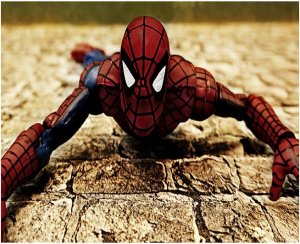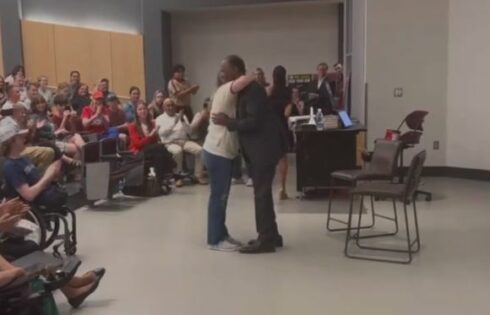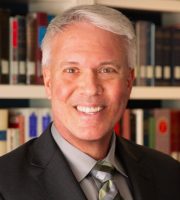
Educators are always seeking out ways to better engage their students, and one of the best methods is making connections between the subject matter at hand … and something which the students really enjoy.
First up, meet Stanford University researcher Sebastian Alvarado. He’s the biologist who “manages to find a nice middle ground” between real, believable science and head-scratching “c’mahns!!” regarding popular Marvel heroes Captain America and the Hulk.
Such speculation is a lot fun; however, keep in mind there really is a lot of actual science to take into consideration, whether it’s feasible now, was in the past, or will be in the future.
Here’s Alvarado on the Incredible Hulk:
In the comicbook, Dr. Bruce Banner was caught way too close to a gamma bomb explosion. We all know that in the real world, he’d be dead, plain and simple. Gamma radiation is quite deleterious to human tissue, after all … which is probably why the Jade Giant’s origin was altered for his 1970s TV show (starring Bill Bixby and Lou Ferrigno — raise your hand if you remember it) and again for the more recent big budget movie productions.
Next up is Alvarado’s speculation on Captain America, which to me comes off as a bit more realistic:
Alvarado’s right in that no one knows (not even Marvel’s writers) what precisely is in Cap’s (Steve Rogers) “Super Soldier Serum.” It’s well established in comicbook lore that the scientist who developed it (Abraham Erskine) committed most of the key parts only to memory, and when he was shot dead by a Nazi spy shortly after Rogers’ transformation, the formula “died” with him.
Perhaps the one thing that seems rather apocryphal in Alvarado’s Cap discussion is the notion of “nano-carriers,” which I presume are nanites — microscopic robots which are programmed to perform specific tasks. Despite the incredible genius of Howard Stark (the father of Tony Stark — Iron Man — one of the scientists behind Cap’s creation … in the film, at least) and of Dr. Erskine, the creation, let alone use, of nanites in the early 1940s requires, well, quite a suspension of disbelief.
It should surprise no one that colleges offer courses pertaining to this topic. For example, the University of California at Irvine had “The Science of Superheroes” which examined “the physics of flying and fluid dynamics” by studying Spider-Man, among other things.
Physics professor Jim Kakalios used superheroes in his University of Minnesota course titled “Everything I Know About Science I Learned from Reading Comic Books. A topic of very recent movie interest was covered, that of Spider-Man’s girlfriend’s death:
(Gwen) Stacey’s death was a seminal event in comics, says Kakalios. Hurled from the top of the George Washington Bridge by the evil Green Goblin, she died in Spider-Man’s web as he tried to save her. Although she appeared to have suffered a broken neck when she hit the web, the series’ writers later attributed her death to the “shock of the fall,”an explanation that left many readers — including Kakalios — unsatisfied.
Twenty years after the story first appeared, Kakalios and his physics course settled the matter once and for all. “Gwen Stacey’s fall is basically a standard problem that we would ask on an exam: If you fall 90 meters with an initial velocity of zero, how fast are you going at the bottom?”
The answer he calculated removed any doubt about the cause of Stacey’s death: She was falling at roughly 95 miles per hour when she hit the web; the impact on her body would have been 10 to 20 times the force of gravity. “That proved—mathematically at least—that Gwen Stacey died of a neck snap when Spider-Man caught her in his webbing.”
Again, any time a teacher or professor like Dr. Kakalios can make connections between popular entertainment and a subject like physics, kudos to him. Not only does that make learning a lot of fun, but teaching too!
Dave Huber is an assistant editor of The College Fix. He’s been a Marvel Comics aficionado since age six, and has a complete collection of Marvel’s Iron Man title. You can follow him on Twitter @ColossusRhodey.
Like The College Fix on Facebook / Follow us on Twitter
IMAGE: Rooners Toy Photography/Flickr






Please join the conversation about our stories on Facebook, Twitter, Instagram, Reddit, MeWe, Rumble, Gab, Minds and Gettr.